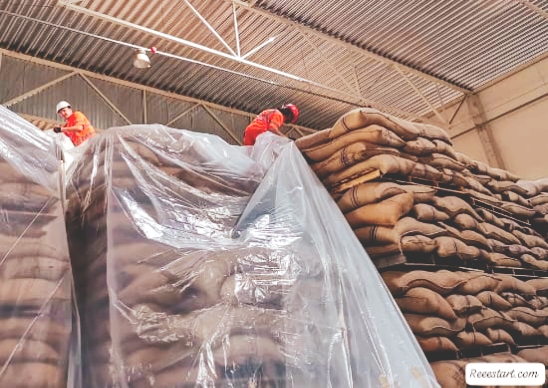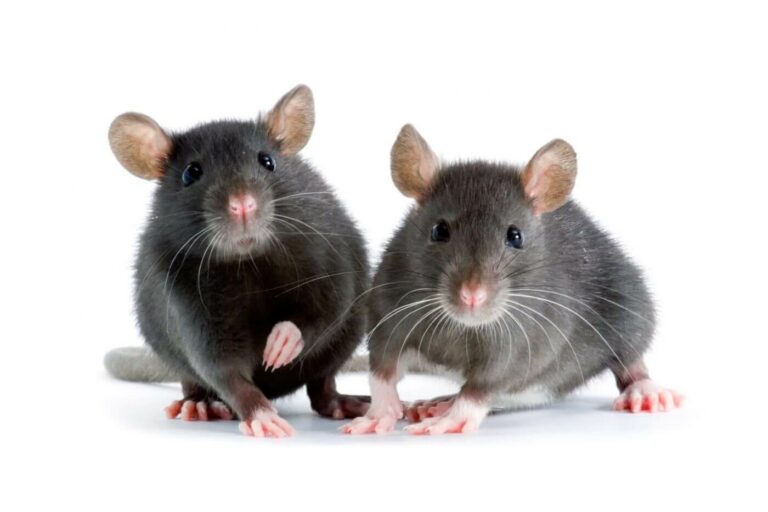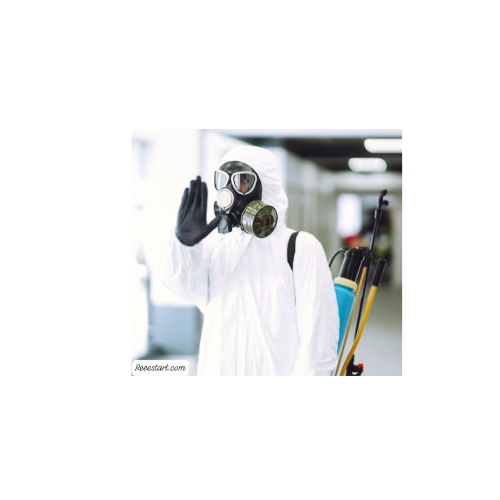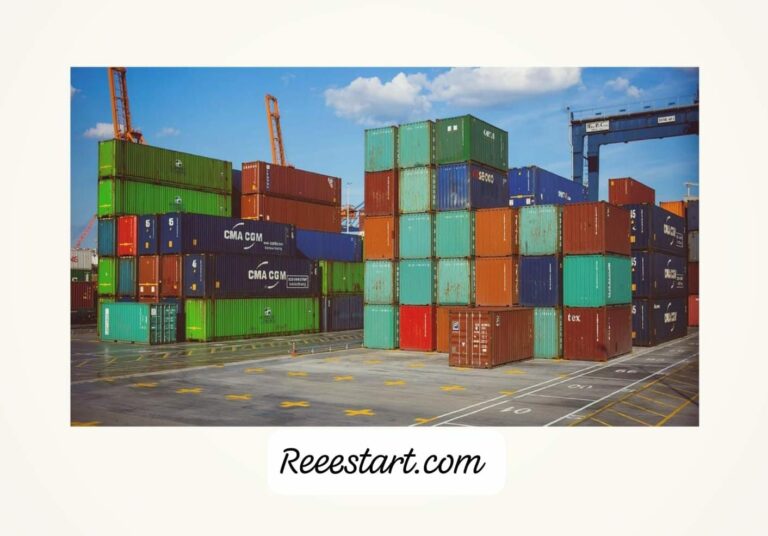The Impact of Plastic Thickness on Fumigation Effectiveness is very important subject to discuss, As plastic thickness is a critical factor in fumigation effectiveness. Thicker plastic films are generally more impermeable, reducing fumigant leakage and improving treatment efficacy. However, excessively thick films can hinder fumigant penetration into the soil or commodity. The optimal thickness depends on factors like the fumigant used, target pest, and environmental conditions. Research continues to refine recommendations for plastic thickness in fumigation, aiming to maximize efficacy while minimizing environmental impact and cost.
Impact of Plastic Thickness on Fumigation Effectiveness
Fumigation is a widely used method for controlling pests in stored products, warehouses, and other storage areas. The success of fumigation heavily depends on the ability to effectively contain the fumigants (toxic gases) within a sealed environment. Polyethylene plastic, commonly used to cover the fumigation area, plays a crucial role in creating this sealed environment. The thickness of the polyethylene plastic is an essential factor in determining the effectiveness of fumigation process. This detailed report explores the importance of polyethylene plastic thickness in pest control fumigation, discussing various factors like gas retention, puncture resistance, durability, and cost-effectiveness.
Gas Retention and Containment
One of the primary objectives of fumigation is to ensure that the fumigant remains concentrated within the sealed environment for the necessary amount of time to effectively eliminate pests. The polyethylene plastic is used to form an airtight barrier that contains the fumigant within the area being treated. If the plastic is too thin, it is more likely to develop holes or leaks, allowing fumigants to escape. Even small leaks can significantly reduce the effectiveness of the fumigation process by decreasing the concentration of toxic gases within the fumigated space, leading to incomplete pest control and potentially causing hazardous environmental exposure.
A thicker polyethylene film (such as 200 microns) is more effective in trapping fumigants within the designated fumigation area. The added thickness reduces the risk of leakage, ensuring that the fumigants remain contained and active long enough to exterminate the pests. The higher the thickness, the greater the plastic’s ability to retain gases, especially when dealing with high-value goods or large-scale fumigation.
Puncture Resistance and Physical Protection
Fumigation sites are not always smooth or free from hazards that could puncture or tear the plastic film. Common obstacles include rough surfaces, sharp objects, equipment, or even environmental factors such as wind or human activity. A thinner plastic sheet is more vulnerable to punctures and rips, which can lead to gaps in the seal and leakage of fumigants.
The thickness of polyethylene plastic provides increased puncture resistance, preventing damage that could compromise the fumigation process. Thicker plastic, such as 200 microns, offers superior strength and protection against sharp objects, mechanical stress, or external factors like wind. This is particularly important in larger fumigation operations or in outdoor environments where exposure to various elements increases the risk of damage to the plastic. A thicker film ensures the integrity of the fumigation setup, reducing the likelihood of fumigant loss due to external damage.
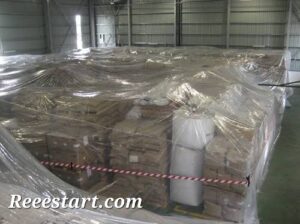
Durability and Strength Against Environmental Factors
The polyethylene plastic used for fumigation is often exposed to harsh environmental conditions. These can include temperature fluctuations, ultraviolet (UV) radiation from sunlight, moisture, and physical stress from movement or pressure. Over time, exposure to UV light can degrade the plastic, leading to brittleness, cracking, or tearing. Temperature fluctuations can cause the plastic to expand and contract, creating stress points where it may weaken or tear.
A thicker plastic, such as 200 microns, offers enhanced resistance to environmental wear and tear. It is more durable under exposure to UV radiation and temperature changes, providing better performance in extended fumigation operations. This durability ensures that the plastic remains intact for the duration of the fumigation process, which is critical for maintaining a sealed environment and preventing fumigant leakage. Thicker plastic also provides additional strength, making it less susceptible to accidental damage during the fumigation process, which may involve handling or movement of materials.
Cost vs. Effectiveness
While thicker polyethylene plastic offers several advantages, it is important to consider the balance between cost and effectiveness. Thicker plastic films (such as 200 microns) tend to be more expensive than thinner options (like 100 microns), which can increase the overall cost of the fumigation process. However, the added cost is often justified by the increased reliability and protection that thicker plastic provides.
For smaller-scale fumigation operations or situations where the risks of puncture or leakage are minimal, 100 microns of thickness may be sufficient to contain the fumigants. In such cases, the cost-effectiveness of thinner plastic outweighs its potential disadvantages. However, in large-scale fumigation scenarios or when fumigating high-value goods, the added expense of 200-micron plastic is typically considered a worthwhile investment for ensuring complete and effective pest control.
In environments with higher risks of environmental factors, such as exposure to UV light or rough surfaces, thicker plastic reduces the likelihood of failure, providing better value for the cost. The trade-off between cost and durability should be carefully considered, taking into account the scale of the fumigation, the potential risks involved, and the importance of successful pest eradication.
Common Thickness Options and Their Applications
Polyethylene plastic rolls typically come in two common thickness options for fumigation: 100 microns (0.1 mm) and 200 microns (0.2 mm). Each thickness serves different purposes depending on the size and complexity of the fumigation operation.
- 100 Microns (0.1 mm / 4 mil): This thickness is suitable for small-scale fumigation operations or areas with low to moderate risk of damage or external interference. It is often chosen for fumigating smaller rooms, crates, or containers with relatively stable environmental conditions. While it is strong enough to contain fumigants in less demanding environments, it may not be as durable or resistant to punctures and leaks as thicker alternatives.
- 200 Microns (0.2 mm / 8 mil): This thickness is recommended for larger-scale fumigations or environments that present greater challenges, such as rough surfaces, high winds, or exposure to harsh environmental conditions. It is ideal for warehouses, large storage areas, or outdoor fumigations where additional strength and puncture resistance are required. Thicker plastic provides better durability, ensuring that the fumigation process is more reliable and effective.
Choosing the Right Thickness for Successful Fumigation
The thickness of polyethylene plastic is a vital factor in ensuring the success of fumigation for pest control. The right thickness ensures that fumigants are effectively contained, minimizing the risk of gas leakage and increasing the efficiency of the fumigation process. Thicker plastic provides superior puncture resistance, durability, and strength against environmental stressors, making it particularly suitable for large-scale or high-risk fumigation operations. While cost considerations are important, the trade-off between cost and reliability should be carefully evaluated to achieve the most effective and safe pest control outcome.
In summary, choosing the appropriate polyethylene plastic thickness (whether 100 microns or 200 microns) is essential for maintaining a sealed fumigation environment, safeguarding against fumigant loss, and ensuring a successful pest eradication process. This decision ultimately impacts both the effectiveness of the fumigation and the protection of the stored goods, making it a critical aspect of any pest management strategy.

Professional Fumigation Services in Dubai & Sharjah – Pest Control Solutions for Warehouses, Shipping, & Supply Chains
Gas Fumigation & Supply Chain Pest Control by Eng. Mahmoud El Beltagy
Protecting Your Goods, Facilities, and Reputation
Pests in the supply chain or storage facilities can lead to massive financial losses, regulatory penalties, and damaged client trust. As a certified pest control expert, I, Eng. Mahmoud El Beltagy, specialize in advanced gas fumigation services and supply chain pest management to ensure your goods, warehouses, and logistics operations remain pest-free, compliant, and fully operational.
Specialized Services for Dubai & Sharjah
1. Gas Fumigation Services
Comprehensive Fumigation: Advanced gas treatments for warehouses, shipping containers, silos, and cargo to eliminate pests at all life stages.
Phosphine & Eco-Friendly Gases: Safe, regulated use of fumigants to protect perishables, raw materials, and high-value goods.
Compliance Assurance: Meet international export/import standards (e.g., ISPM 15) and local regulations for fumigation certifications.
Pre- & Post-Fumigation Inspections: Detailed risk assessments and documentation to ensure total eradication and audit readiness.
2. Supply Chain & Logistics Pest Control
Infestation Prevention: Protect inventory, exports, and deliveries with proactive pest management strategies.
Storage Facility Solutions: Tailored treatments for cold storage, warehouses, and distribution hubs to safeguard goods from rodents, insects, and stored-product pests.
Emergency Response: Rapid containment of outbreaks to minimize downtime and supply chain disruptions.
Integrated Pest Management (IPM): Sustainable, data-driven approaches combining monitoring, exclusion, and targeted treatments.
Why Choose Eng. Mahmoud El Beltagy?
✅ Licensed & Certified: Fully compliant with Dubai and Sharjah’s strict fumigation and safety regulations.
✅ Supply Chain Expertise: Proven solutions for food, pharmaceuticals, textiles, and logistics industries.
✅ Advanced Technology: Use of cutting-edge fumigation equipment and pest monitoring systems.
✅ Eco-Conscious Practices: Minimize environmental impact with precision gas dosing and eco-friendly alternatives.
✅ 24/7 Support: Reliable emergency services to keep your operations running smoothly.
Contact Me Today for Unmatched Fumigation & Supply Chain Protection
📞 Phone: +971 54 590 7291
📧 Email: Mahmoud_albaltage@yahoo.com
🌐 Website: reeestart.com
For direct WhatsApp communication, click the icon below to message me instantly.
Company Name:
PIPM Pest Control Services
Municipality Approved & Licensed Professional
Your Partner in Safe, Efficient Fumigation & Logistics Pest Management
With my expertise, your goods and facilities will stay pest-free, compliant, and ready for global markets. Let’s secure your supply chain today!
#GasFumigation #SupplyChain #FumigationServices #WarehouseFumigation #PestControlDubai #PestControlSharjah #LogisticsPestControl #PhosphineFumigation #ISPM15 #ExportCompliance #PestFreeStorage #EcoFriendlyFumigation #SupplyChainProtection

